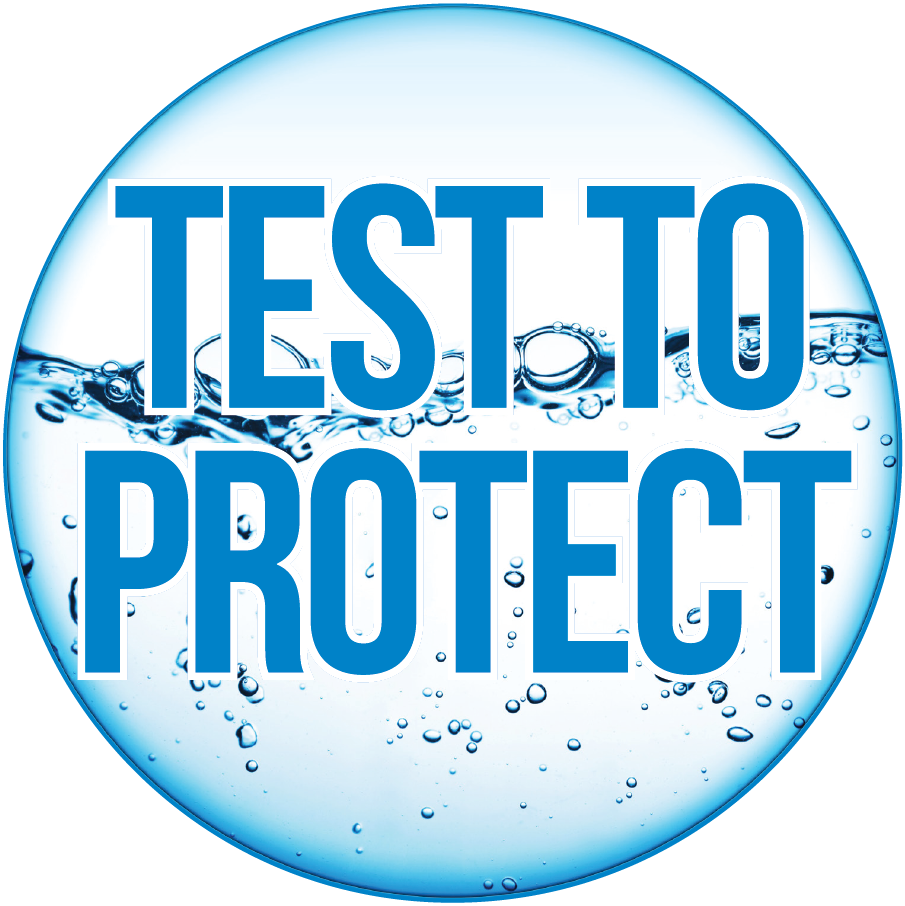Backflow Replacement Services in NJ
Backflow preventers are installed on your water supply cross-connections to avoid the chances of non-potable water get to mix with the clean water supply. These devices often go unnoticed
in the plumbing system, and the reason is that backflow devices are mostly found in commercial businesses and multi-family residential areas. So one automatically assumes that the water that is flowing out of the faucet is clean and safe to use unless you notice some signs of contamination. Some of you might not be aware of the fact that your backflow needs repair or
replacement. To determine that your backflow requires a replacement, you need to get the testing done from a qualified plumber.
However, certain factors might help you in deciding that its time to replace your backflow preventer.
Size of the backflow preventer valve
The first and foremost thing to consider is the size of the valve. It is simple, affordable, and feasible to replace a smaller valve that has gone bad. That doesn’t mean that if a valve of a large size is repairable, then you must go for repair. If your backflow preventer is too old and is costing less to repair it- it is better to go with modern backflow replacement. Today’s backflow preventers are lightweight, short in size, easy and less expensive to maintain over the years.
Condition of the backflow preventer
When you are trying to figure out whether to replace it or repair it, the condition of your backflow preventer is the main point of consideration. To be precise, if your backflow preventer valve checks have become brittle and are ready to crack anytime, you should consider replacing it with a new one. If the larger valve of your preventer has lost its epoxy coating, which cannot be fix and water is eating the body of the valve, which is beyond repair, then, need a new, and large backflow preventer. The purpose behind this preventer is to eliminate the cross- connection between clean water and dirty water. So any sort-of, temporary connection, or forceful fixation through repair might create rapid devastation beyond control.
Location of the backflow valve
Another deciding factor to bring into consideration while deciding to repair or replace is the location of your valve. Enclosure above the ground is easy to work on-to repair or replace your backflow preventer then the underground ones. If the approved backflow assembly is installed in an outdoor enclosure, make it easy for annual testing and repair. It clearly says the above ground enclosures are easier to replace than the underground one.
Availability of repair parts
For repairing existing assemblies, there must be the availability of repair parts that are familiar with the existing valve. In most cases, the plumbing supply houses do not have a stock of backflow repair parts in real terms, and older assembly parts cease to exist in those locations. In such a scenario, backflow replacement is the most convenient solution to opt.
Cost-effectiveness
As discussed above, it is better to replace the smaller assemblies, as the cost of repairing would be comparatively expensive. However, if the condition of your valve has deteriorated and it would be costlier to repair, it is better to go off with a backflow replacement option.

Is it time to replace it?
After careful testing of the backflow preventer condition, if it makes sense to replace it then, you should replace your backflow preventer without giving any thought. Each installation and situation is unique, and one must take an unbiased decision by carefully calculating every parameter, as you cannot take a chance with the health.
To sum up,
If your water shows a sign of contamination, then it should be treated as an emergency. You cannot delay or avoid it! Do you need a backflow replacement or not is entirely depends upon a thorough inspection of your backflow preventer? With proper maintenance and annual testing, backflow assemblies may last for several years. But backflow prevention assemblies have springs, moving parts, and internal seals that are prone to clogging, wear and tear, or fatigue. And everything has its life cycle so as your backflow preventer and time will come where you have to decide whether to go for backflow replacement or not. The factors mentioned above will help you in reaching a wise decision.
